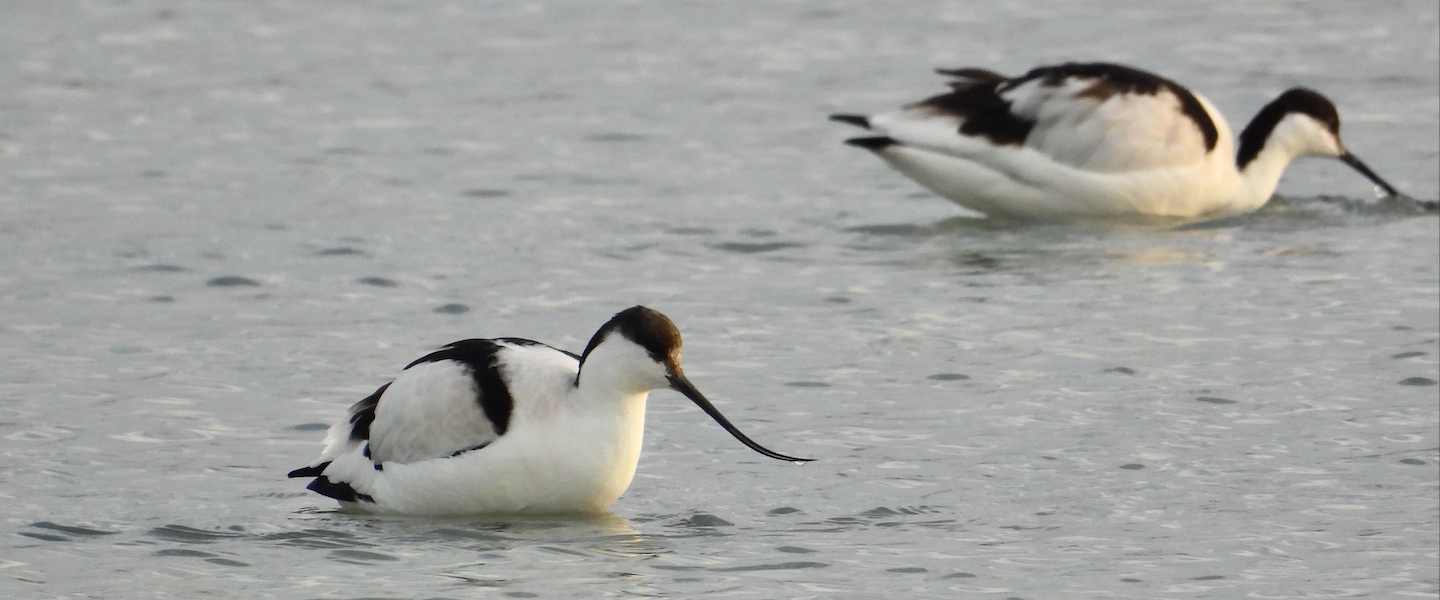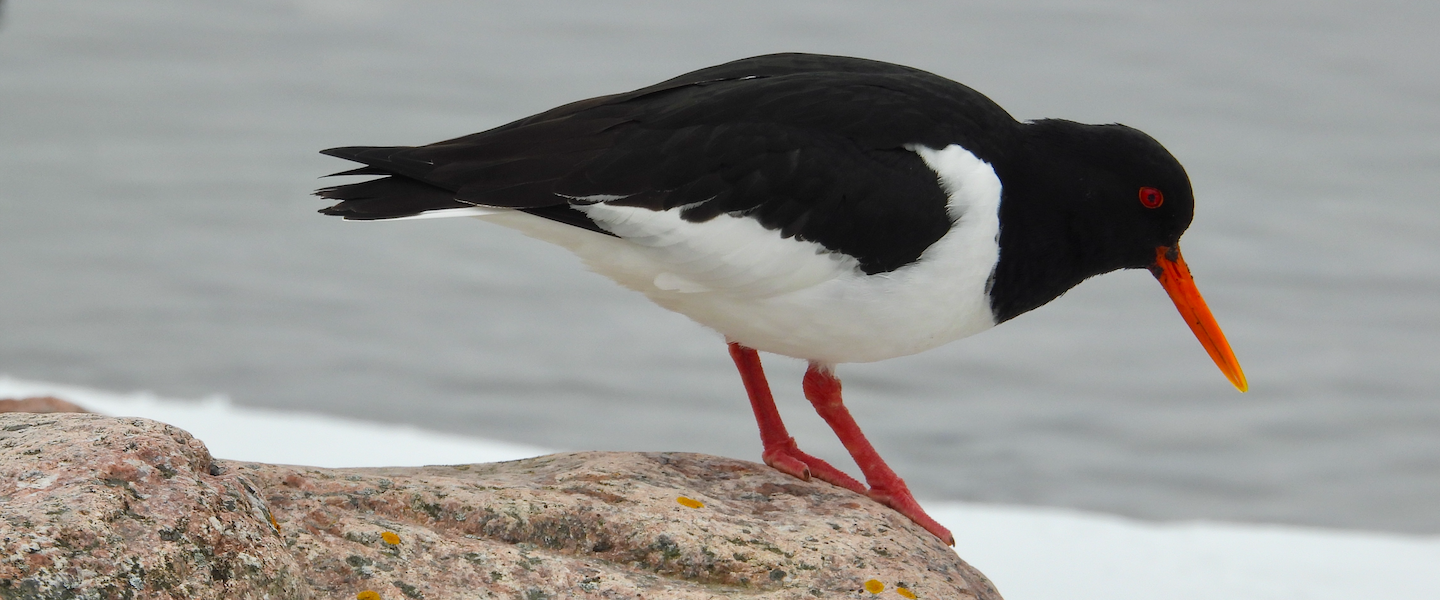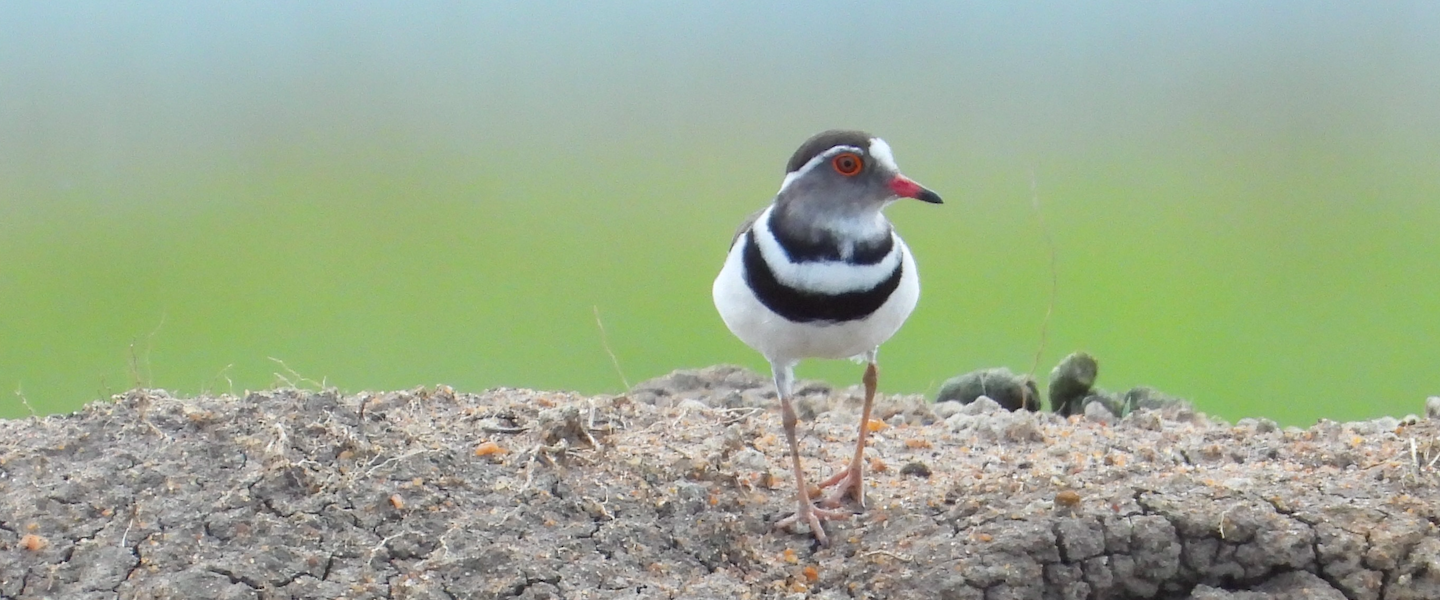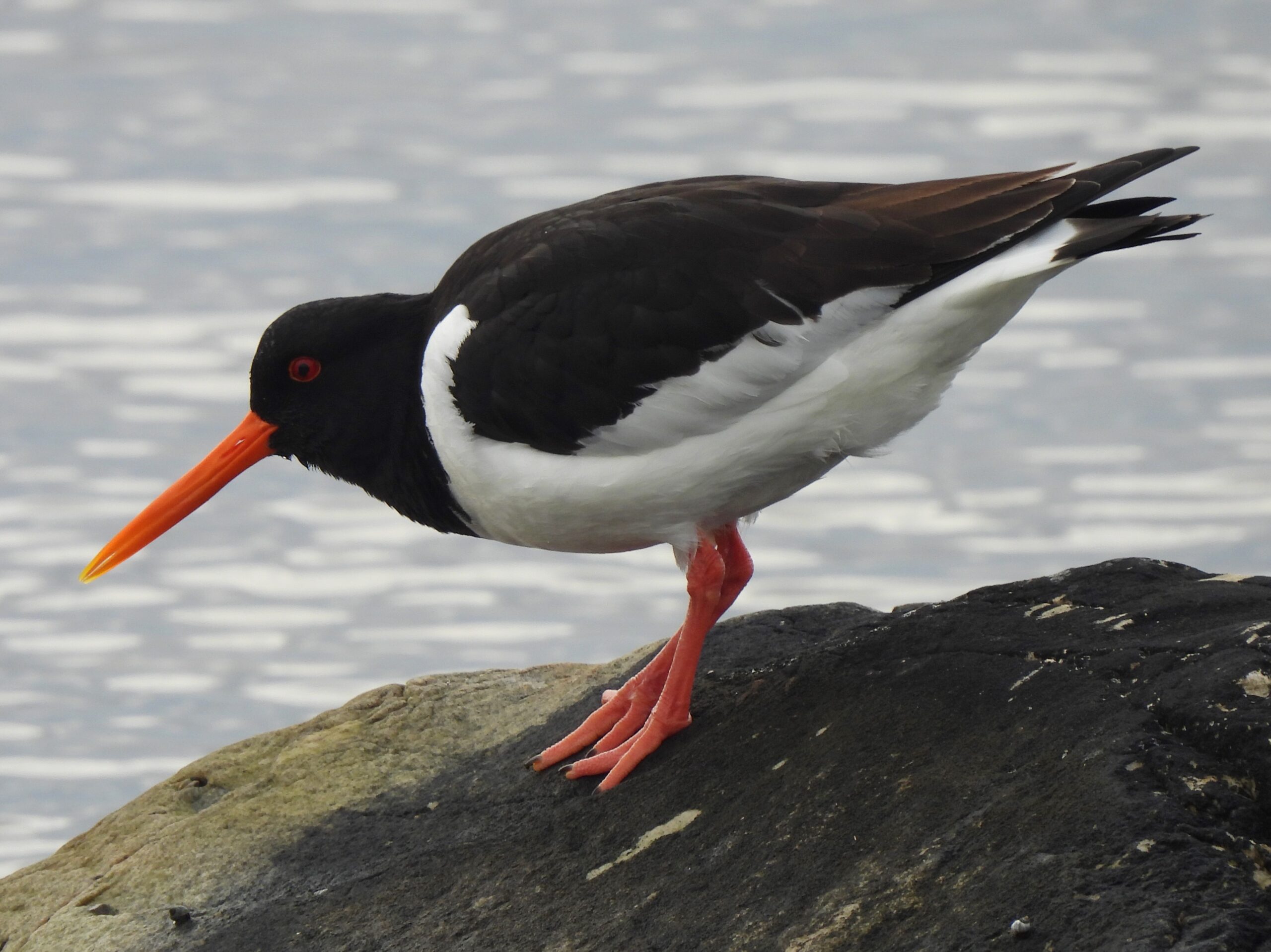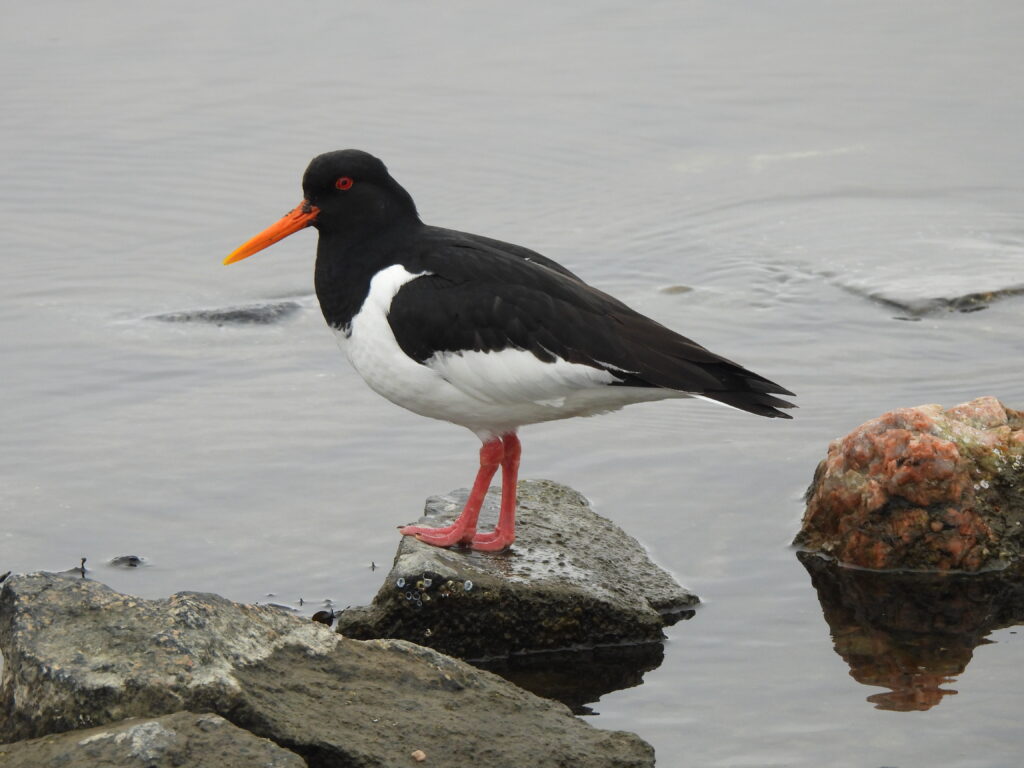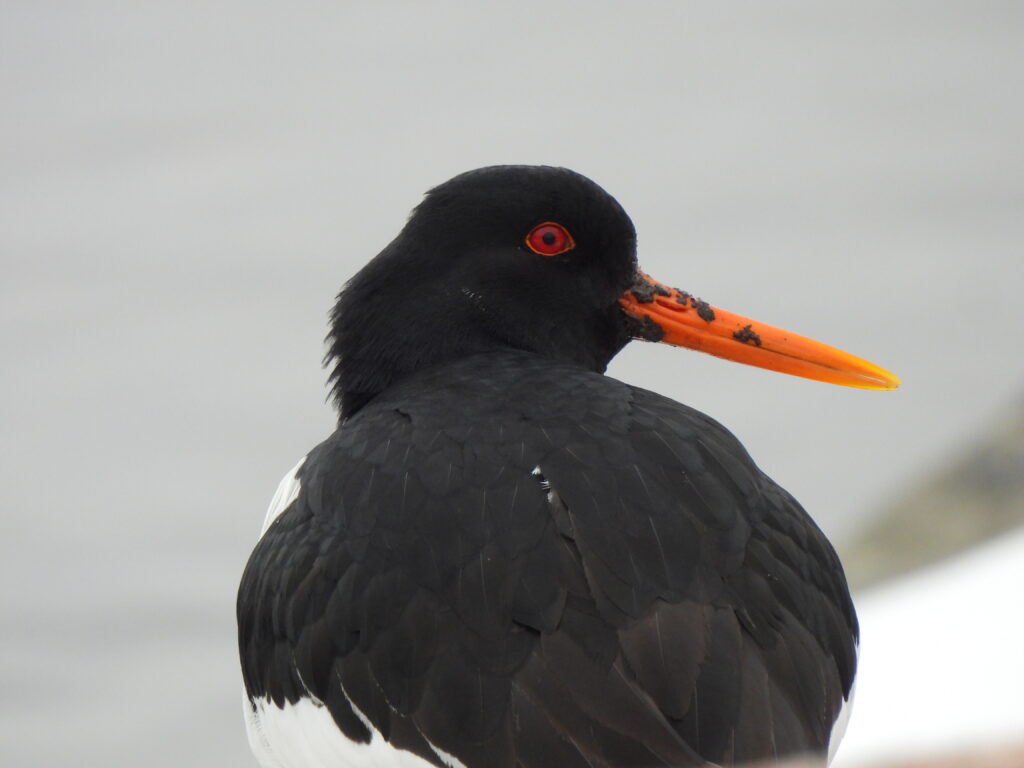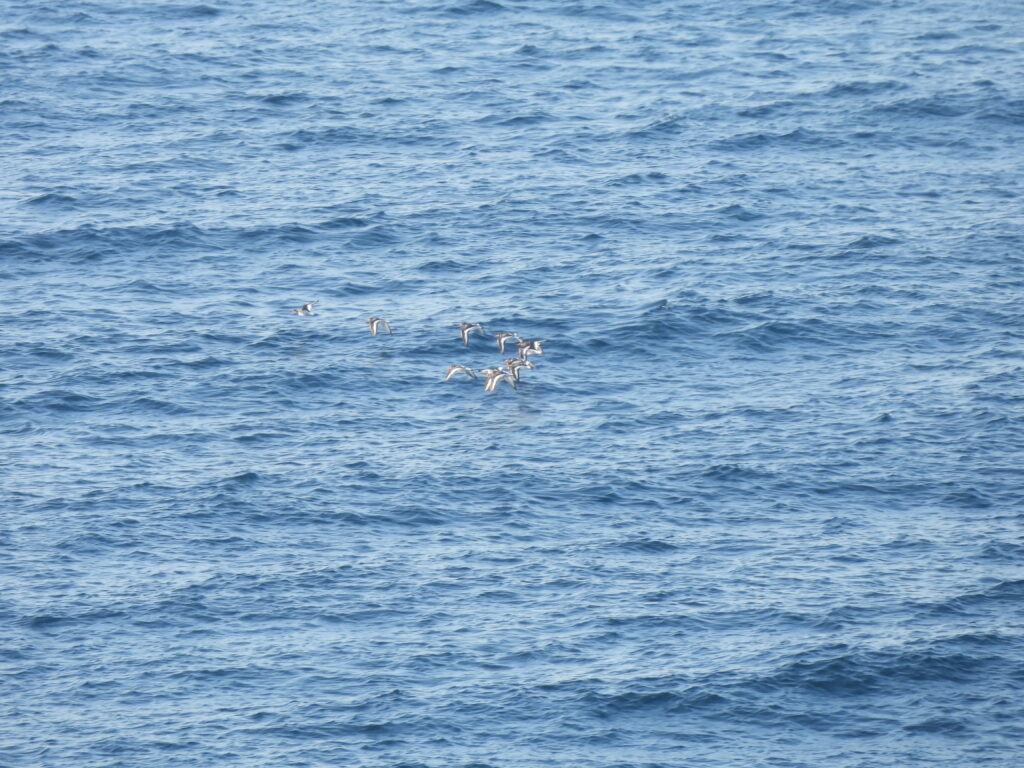The oystercatchers (family Haematopodidae) are a family of birds belonging to the order Charadriiformes, often regarded as shorebirds. These are generally strictly coastal birds, except for some species breeding inland, all characterized by striking black or pied plumages and bright red bills and eyes or orbital rings. They can act as nest parasites, as their cryptic eggs are sometimes laid on nests of other bird species. Despite all members of the family sharing a similarly built bill, habitat strongly determines their diet as some species forage in sandy shores while others live in rocky beaches.
The family comprises 12 species belonging to genus Haematopus, of which one formerly endemic to the Canary Islands is extinct. Although the largest diversity of the family occurs in southern South America, Australia and New Zealand, representatives of the family are found in beaches across the globe.
Eurasian oystercatcher
Haematopus ostralegus
Striking Old World shorebird breeding in grassy areas, often but not necessarily close to the coast, from Northern Europe to Siberia. Individuals switch to coastal habits out of the breeding season, when they migrate south to equatorial latitudes in Africa and Asia and develop a white collar. This species is only seldom seem in small numbers along the coast of Alicante during passage. Good numbers breed in Helsinki in summer, often foraging in urban green areas. I have observed good numbers in Lapland and few wintering birds in Kenya.

